1. World Health Organization. Global tuberculosis report 2020. Geneva, Switzerland: World Health Organization;2020.
2. Kristini T, Hamidah R. Potential for pulmonary tuberculosis transmission to patients family. Indones J Public Health. 2020; 15(1):24.
3. Abayneh M, HaileMariam S, Asres A. Low tuberculosis (TB) case detection: a health facility-based study of possible obstacles in kaffa zone, southwest district of ethiopia. Can J Infect Dis Med Microbiol. 2020; 2020:7029458.
https://doi.org/10.1155/2020/7029458
.
4. Rahayu SR, Katsuyama H, Demura M, Katsuyama M, Ota Y, Tanii H, et al. Factors associated with tuberculosis cases in semarang district, Indonesia: case-control study performed in the area where case detection rate was extremely low. Environ Health Prev Med. 2015; 20(4):253–61.
https://doi.org/10.1007/s12199-015-0443-9
.
5. Huddart S, Bossuroy T, Pons V, Baral S, Pai M, Delavallade C. Knowledge about tuberculosis and infection prevention behavior: a nine city longitudinal study from India. PLoS One. 2018; 13(10):e0206245.
https://doi.org/10.1371/journal.pone.0206245
.
6. Indonesian Health Ministry. Indonesia health profile 2020. Jakarta, Indonesia: Indonesian Health Ministry;2021.
7. Semarang City Health Office. Situation analysis of tuberculosis eradication program in 2021. Semarang, Indonesia: Semarang City Health Office;2021.
8. Chiang CY, Islam T, Xu C, Chinnayah T, Garfin AM, Rahevar K, et al. The impact of COVID-19 and the restoration of tuberculosis services in the western pacific region. Eur Respir J. 2020; 56(4):2003054.
https://doi.org/10.1183/13993003.03054-2020
.
9. Iribarren SJ, Schnall R, Stone PW, Carballo-Dieguez A. Smartphone applications to support tuberculosis prevention and treatment: review and evaluation. JMIR Mhealth Uhealth. 2016; 4(2):e25.
https://doi.org/10.2196/mhealth.5022
.
11. Osei E, Agyei K, Tlou B, Mashamba-Thompson TP. Availability and use of mobile health technology for disease diagnosis and treatment support by health workers in the Ashanti region of Ghana: a cross-sectional survey. Diagnostics (Basel). 2021; 11(7):1233.
https://doi.org/10.3390/diagnostics11071233
.
13. Keutzer L, Wicha SG, Simonsson US. Mobile health apps for improvement of tuberculosis treatment: descriptive review. JMIR Mhealth Uhealth. 2020; 8(4):e17246.
https://doi.org/10.2196/17246
.
15. Nalendra AK. Rapid application development (RAD) model method for creating an agricultural irrigation system based on internet of things. IOP Conf Ser Mater Sci Eng. 2021; 1098:022103.
https://doi.org/10.1088/1757-899X/1098/2/022103
.
16. Sharfina Z, Santoso HB. An Indonesian adaptation of the system usability scale (SUS). In : Proceedings of 2016 International Conference on Advanced Computer Science and Information Systems (ICACSIS); 2016 Oct 15 16; Malang, Indonesia. p. 145–8.
https://doi.org/10.1109/ICACSIS.2016.7872776
.
18. Benmoussa K, Laaziri M, Khoulji S, Kerkeb ML, El Yamami A. Evaluating the usability of a Moroccan University research management web platform. Procedia Manuf. 2019; 32:1008–16.
https://doi.org/10.1016/j.promfg.2019.02.315
.
19. Akmal Muhamat N, Hasan R, Saddki N, Mohd Arshad MR, Ahmad M. Development and usability testing of mobile application on diet and oral health. PLoS One. 2021; 16(9):e0257035.
https://doi.org/10.1371/journal.pone.0257035
.
20. Zhou L, Bao J, Setiawan IM, Saptono A, Parmanto B. The mHealth app usability questionnaire (MAUQ): development and validation study. JMIR Mhealth Uhealth. 2019; 7(4):e11500.
https://doi.org/10.2196/11500
.
21. WHO guidelines on tuberculosis infection prevention and control: 2019 update. Geneva, Switzerland: World Health Organization;2019.
22. Amagai S, Pila S, Kaat AJ, Nowinski CJ, Gershon RC. Challenges in participant engagement and retention using mobile health apps: literature review. J Med Internet Res. 2022; 24(4):e35120.
https://doi.org/10.2196/35120
.
23. Pande T, Saravu K, Temesgen Z, Seyoum A, Rai S, Rao R, et al. Evaluating clinicians’ user experience and acceptability of LearnTB, a smartphone application for tuberculosis in India. Mhealth. 2017; 3:30.
https://doi.org/10.21037/mhealth.2017.07.01
.
24. Liew MS, Zhang J, See J, Ong YL. Usability challenges for health and wellness mobile apps: mixed-methods study among mhealth experts and consumers. JMIR Mhealth Uhealth. 2019; 7(1):e12160.
https://doi.org/10.2196/12160
.
25. Idrus L, Fitria N, Hasan N, Postma M, Alffenaar JW. The usability testing of the integrated e-healthcare services (IEHS) web-based application in the therapy management of HIV and tuberculosis in Indonesia. Value Health Reg Issues. 2020; 22:S57.
https://doi.org/10.1016/j.vhri.2020.07.300
.
26. Georgsson M, Staggers N. Quantifying usability: an evaluation of a diabetes mHealth system on effectiveness, efficiency, and satisfaction metrics with associated user characteristics. J Am Med Inform Assoc. 2016; 23(1):5–11.
https://doi.org/10.1093/jamia/ocv099
.
27. Osei E, Mashamba-Thompson TP. Mobile health applications for disease screening and treatment support in low-and middle-income countries: a narrative review. Heliyon. 2021; 7(3):e06639.
https://doi.org/10.1016/j.heliyon.2021.e06639
.
28. Faujdar DS, Singh T, Kaur M, Sahay S, Kumar R. Stakeholders’ perceptions of the implementation of a patient-centric digital health application for primary healthcare in India. Healthc Inform Res. 2021; 27(4):315–24.
https://doi.org/10.4258/hir.2021.27.4.315
.
29. Mahmood A, Kedia S, Wyant DK, Ahn S, Bhuyan SS. Use of mobile health applications for health-promoting behavior among individuals with chronic medical conditions. Digit Health. 2019; 5:2055207619882181.
https://doi.org/10.1177/2055207619882181
.

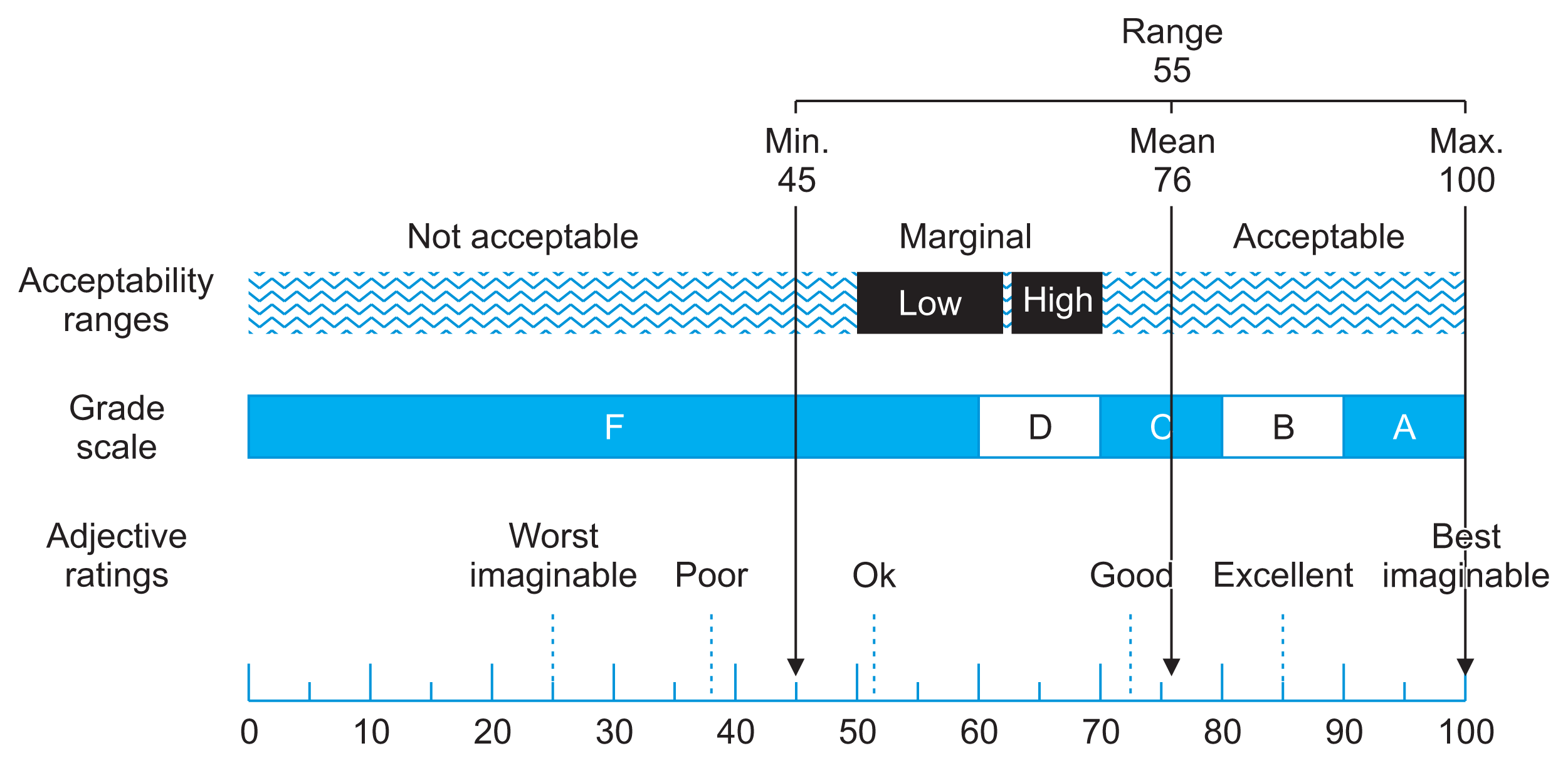




 PDF
PDF Citation
Citation Print
Print




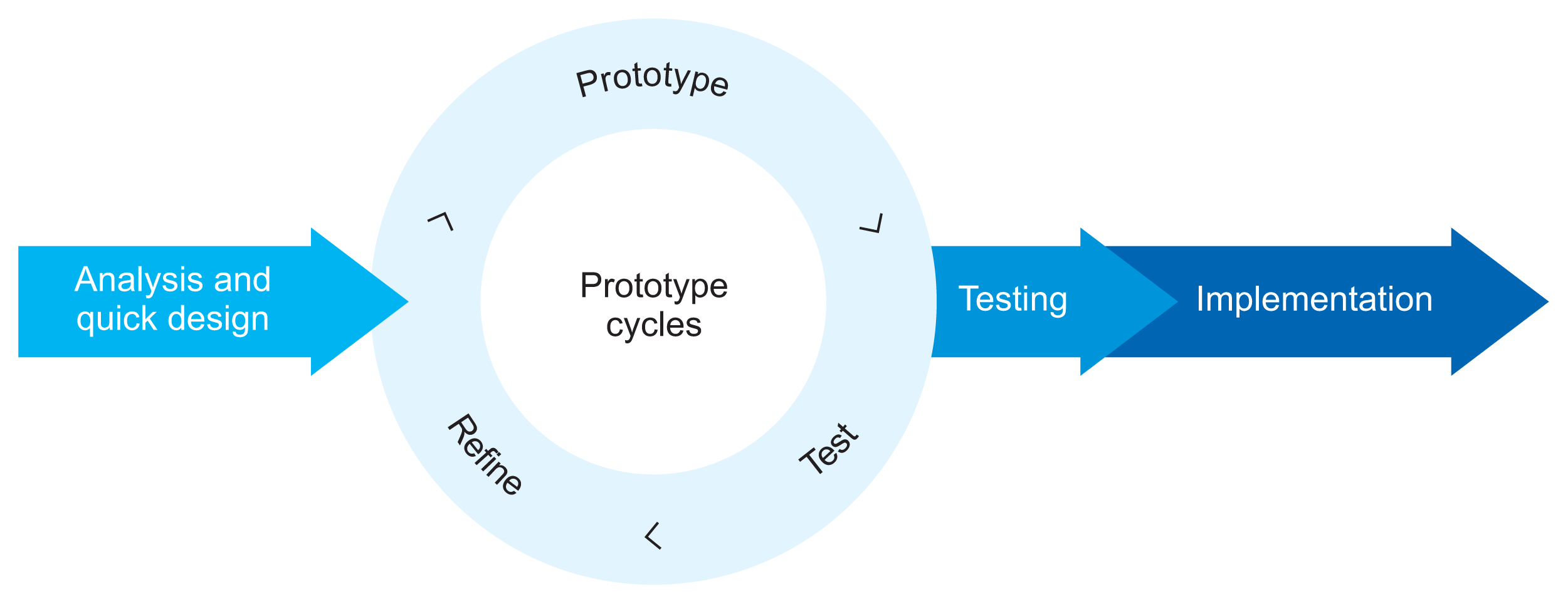
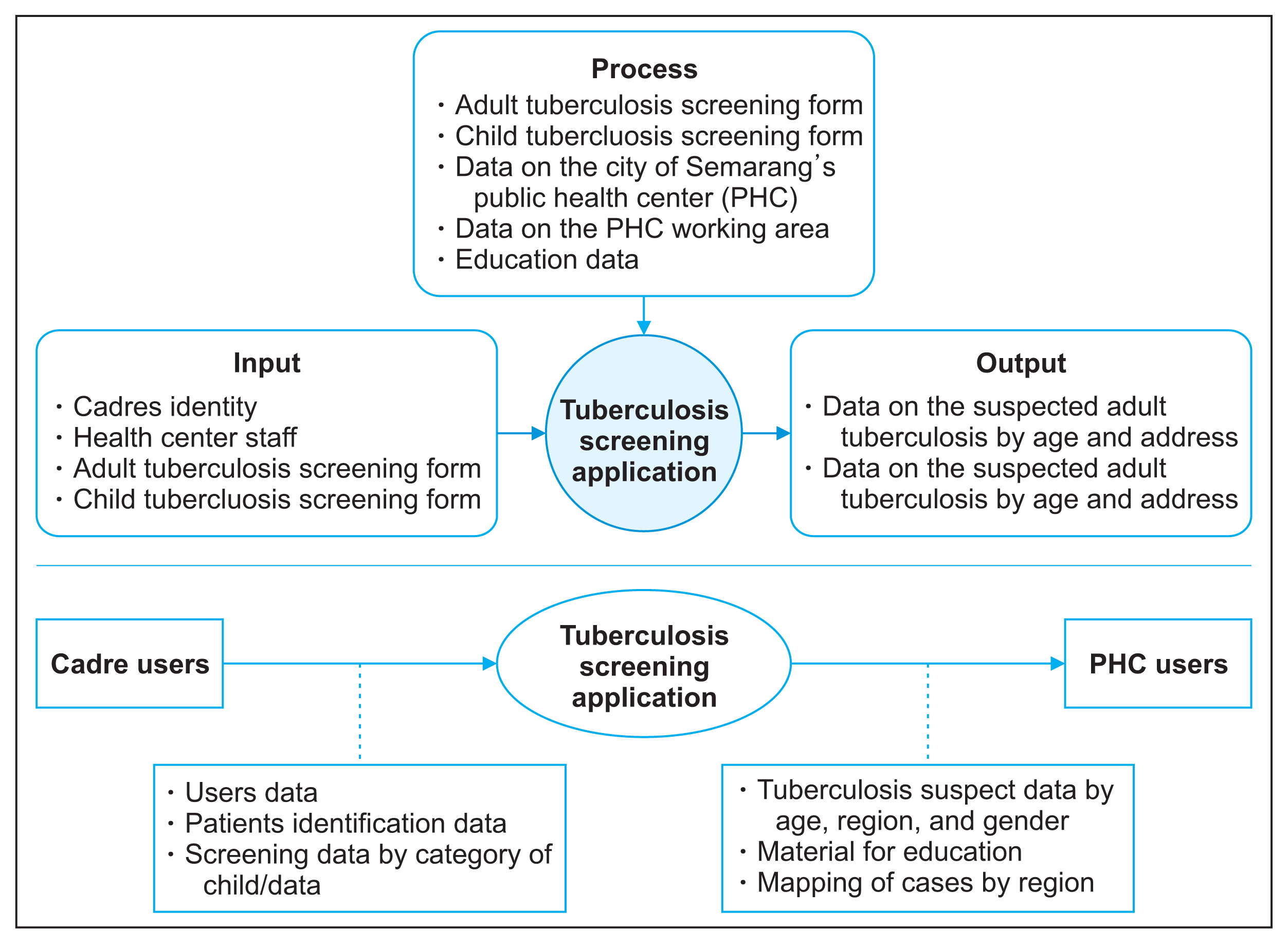
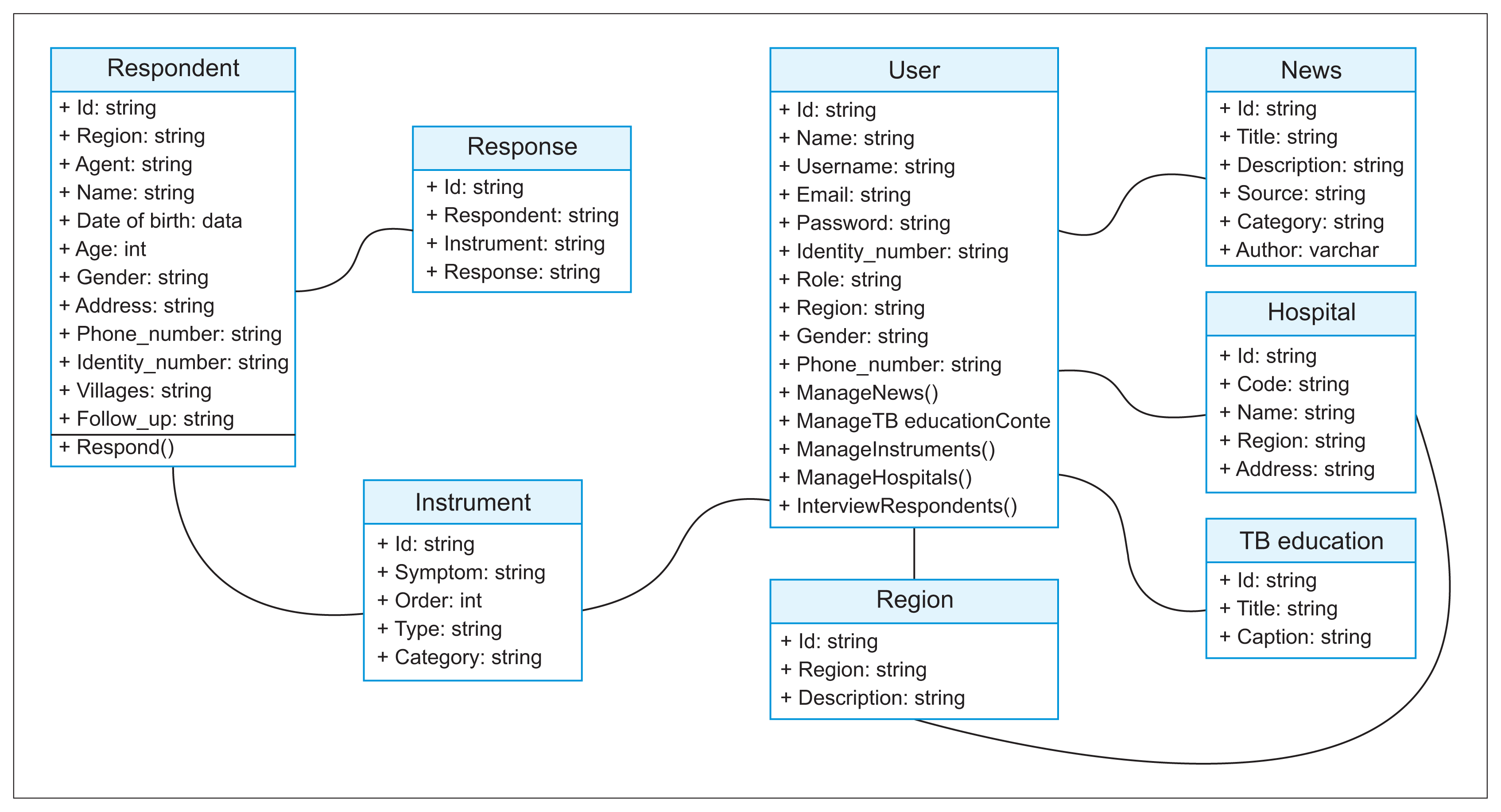
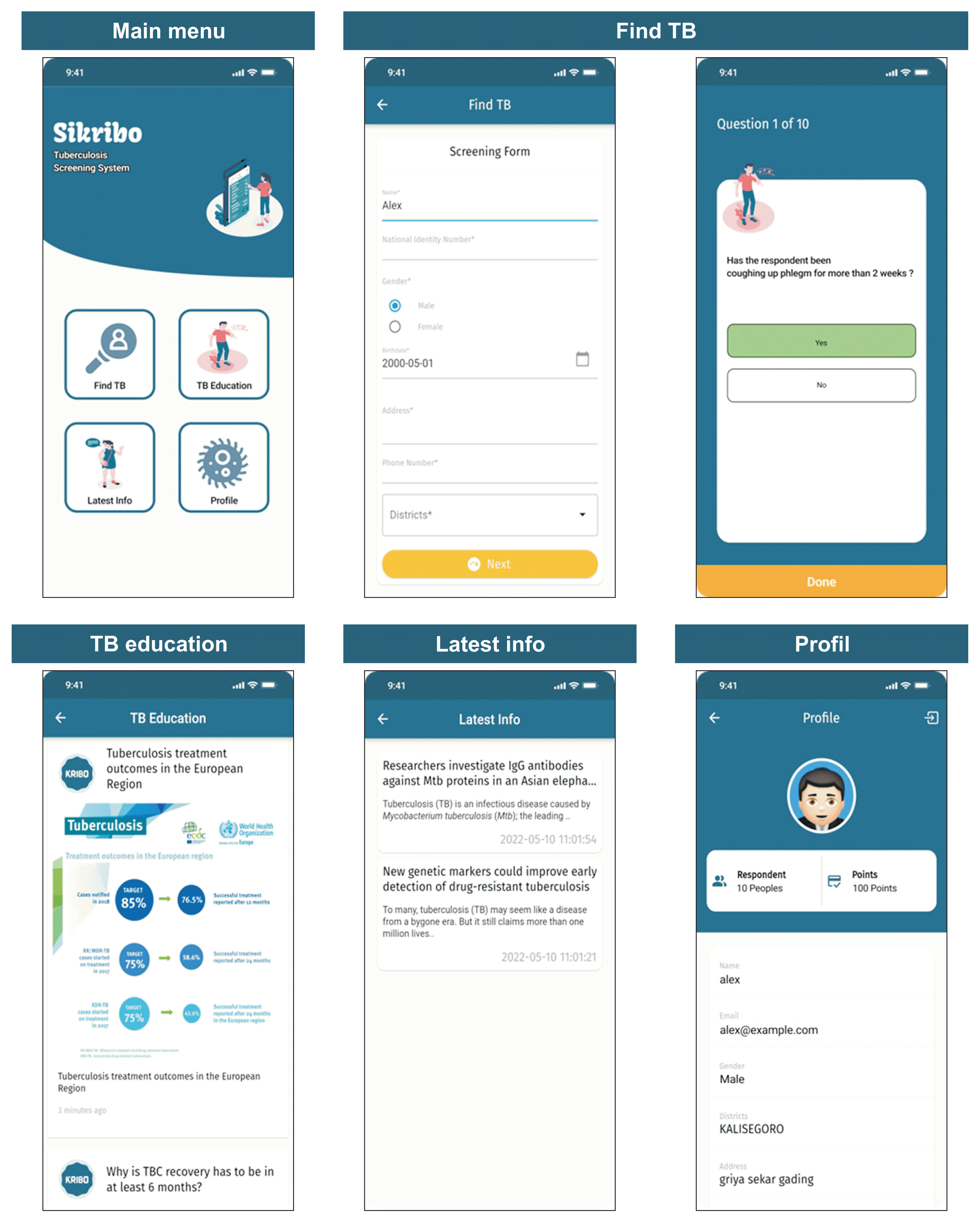
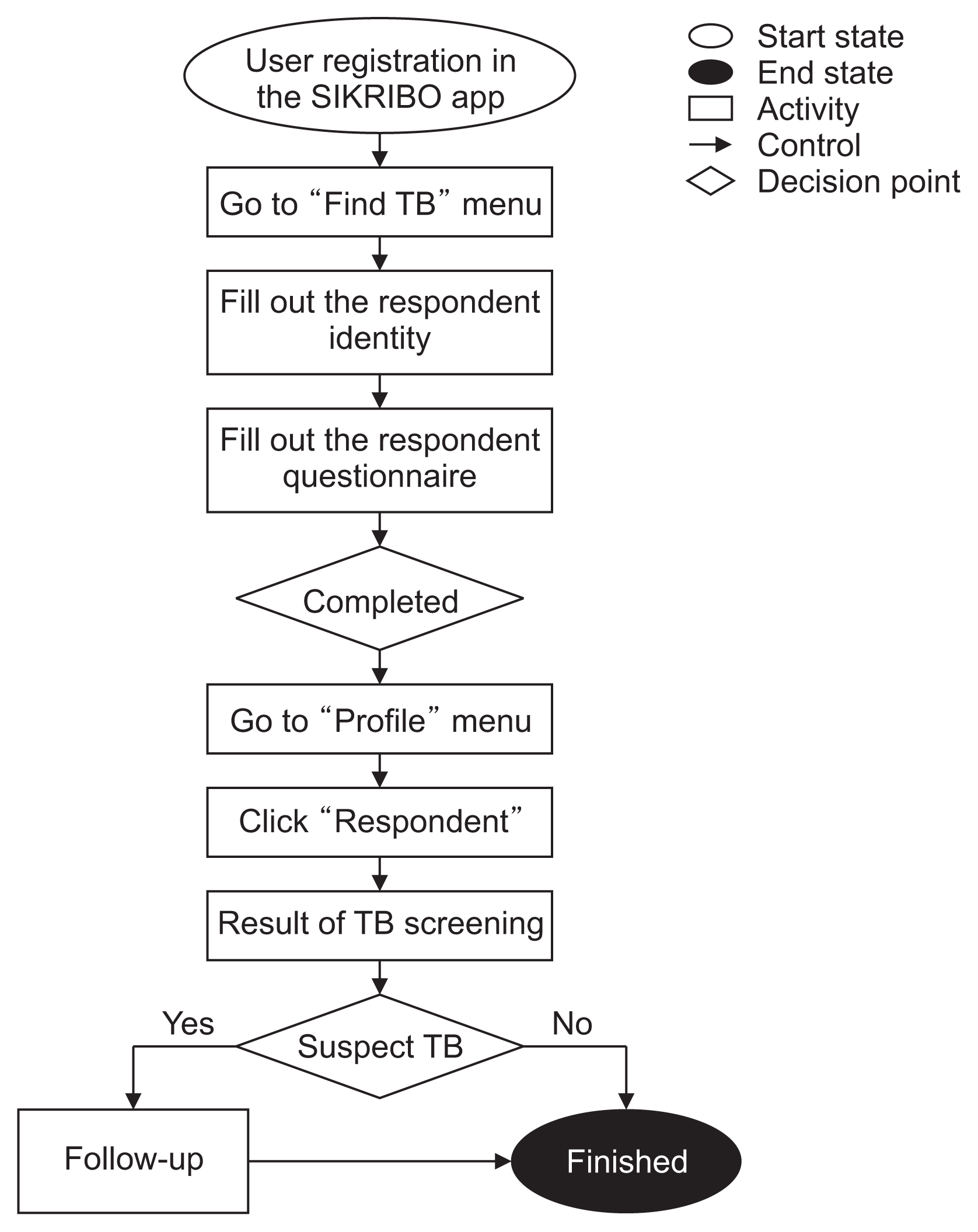
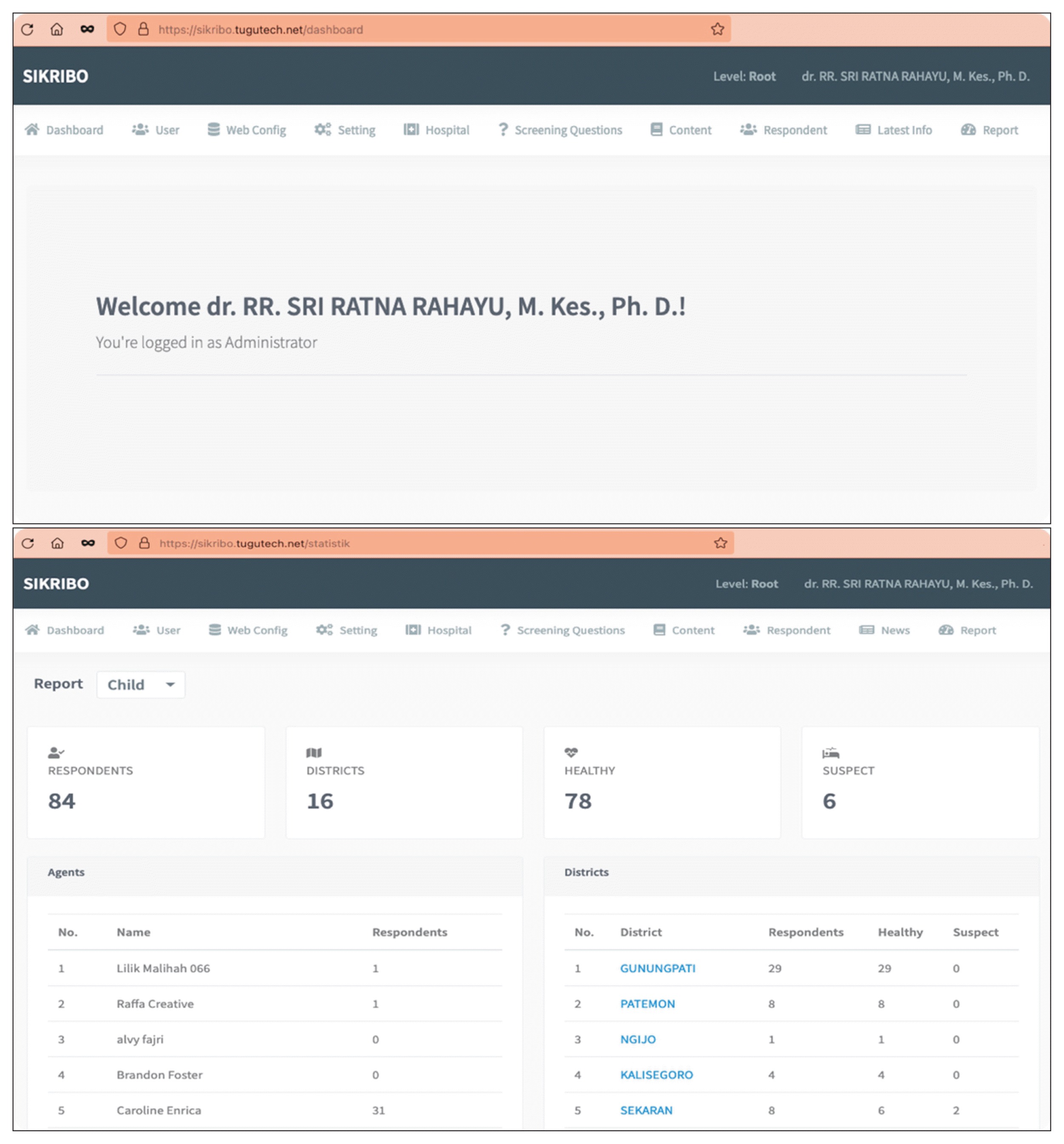
 XML Download
XML Download